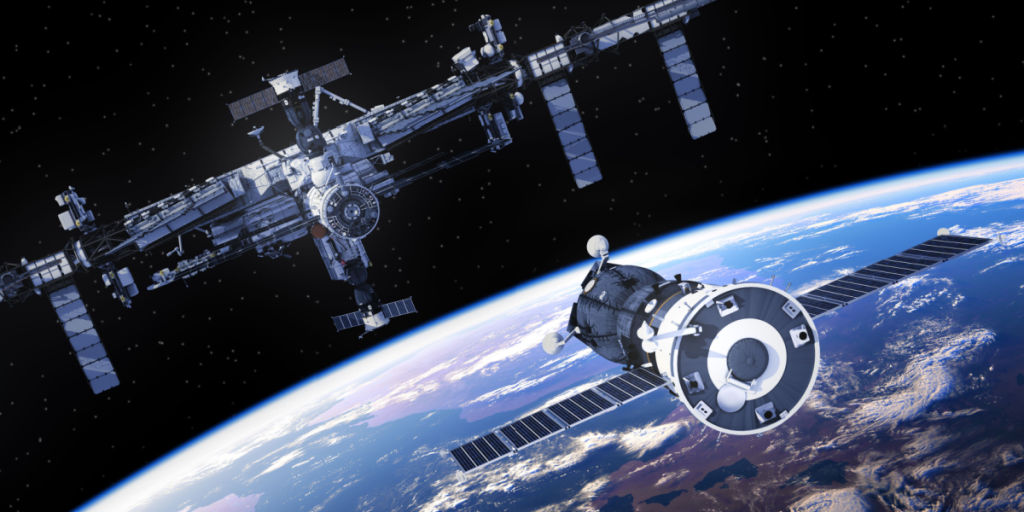When people hear “Star Wars,” they tend to picture lightsabers, Darth Vader, and cinematic space battles.
Others are reading now
But away from the movies, a very real kind of space warfare is taking shape.
New Chinese research suggests that technology once confined to science fiction may soon threaten satellites orbiting Earth.
Satellite warfare plans
According to reporting from the South China Morning Post, DFH Satellite Co., Ltd. has built a power source intended for combat platforms capable of attacking satellites “at near-light speed.”
With thousands of satellites now orbiting Earth, analysts say traditional missile strikes are too costly, unreliable, and create excessive debris.
Experts at Defence Express told reporters that neutralising satellite networks would require “another weapon, cheaper, reusable, and capable of destroying thousands of targets.”
Also read
They say China has now entered that race.
Particle beams in space
Military specialists noted that laser-based systems would struggle against orbiters protected by reflective coatings.
As an alternative, researchers are studying particle-beam weapons that fire streams of electrons, ions, protons or neutral atoms at extreme velocity.
In a vacuum, those beams could travel unimpeded toward their targets, potentially burning out satellite electronics.
Shielding would require several metres of dense protective material, an impossibility for spacecraft.
Also read
Power on a small scale
The challenge lies in generating enough energy in a compact payload.
DFH Satellite Co. reported that in ground trials, its prototype reached 2.59 megawatts with a pulse duration of 0.63 microseconds.
Analysts noted this surpasses existing comparable systems, which generally reach about 1 MW and deliver pulses measured in milliseconds.
Engineers say the design relies on low-voltage solar panels feeding power into 36 storage modules, all synchronised through precision controllers.
Years from deployment
Only the power module has been completed, and Chinese researchers emphasise that “space fighters” remain a long-term concept.
Also read
Although non-military uses are being discussed, defence commentators expect military application, especially the ability to disrupt U.S. satellite constellations, to dominate development.
Sources: South China Morning Post, Defence Express, Wirtualna Polska


